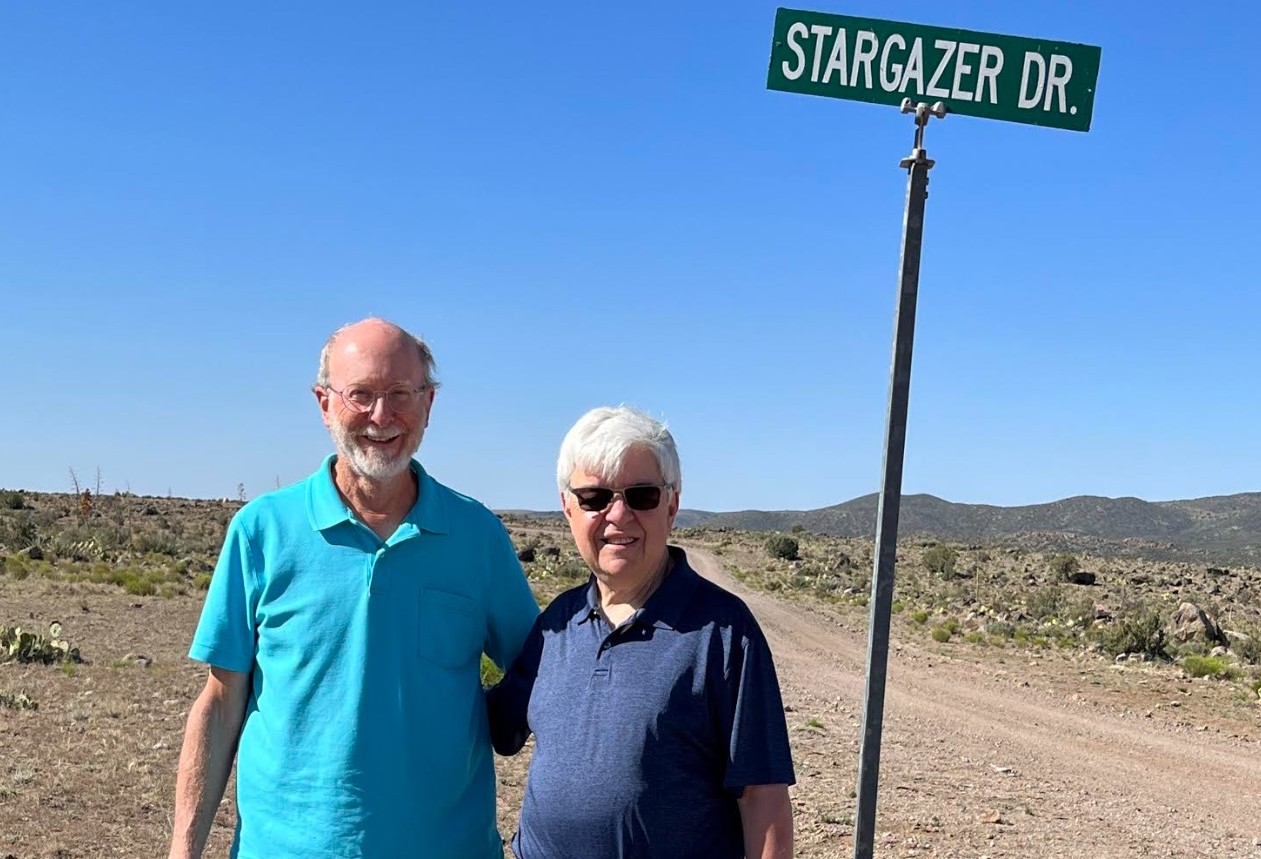My heart is broken.
I received a phone call this past Tuesday (Aug. 9) from Michele Machholz, informing me that her husband Don died early that morning.
Donald Edward Machholz, born Oct. 7, 1952 in Portsmouth, Virginia, was an American amateur astronomer who was the leading visual comet discoverer, credited with the visual discovery of 12 comets that bear his name. Machholz had spent more than 9,000 hours comet hunting in a career spanning over 50 years.
Related: Newfound Comet Set for Winter Display
These comets include the periodic comets 96P/Machholz, 141P/Machholz, the non-periodic C/2004 Q2 (Machholz) that were visible with binoculars in the northern sky in 2004 and 2005, C/2010 F4 (Machholz), and most recently C/2018 V1 (Machholz-Fujikawa-Iwamoto).
In 1985, comet Machholz 1985-e, was discovered using a homemade cardboard telescope with a wide aperture, 10 inches (25 centimeters) across, that gave it a broader field of view than most commercial telescopes.
Machholz is one of the inventors of the Messier Marathon, which is a race to observe all the Messier objects in a single night.
Don — who was one of America’s premier comet hunters — had seen one of my virtual PowerPoint programs on the Tau Herculid meteor shower last spring and extended an invitation to my wife, Renate and I to come his home in Wikieup, Arizona, to watch for the shower.
Both he and his wife opened their amazing “Stargazer Ranch” to us, graciously hosting the two of us for a few days at the end of May. Don was so very happy to show off all of his optical equipment, ranging from an 18-inch Dobsonian reflector, to home-made 29 x 130 binoculars, to one of his very first telescopes, a 1960’s RV-6 Dynascope, still in almost pristine condition.

Don discovered a total of 12 comets and as he took me on a stroll through the huge garage which housed his scopes, he would point to each one and proudly say: “I discovered six comets with the Dob … I found 96P with the big binos” and so on.
While staying at his ranch, I was honored to observe the predawn sky on Memorial Day morning under a starry sky using his big binoculars, while he quietly scanned the sky with a 10-inch (25-cm) scope looking for comets; all while soft instrumental music was playing in the background. Thanks to robotic cameras and orbiting satellites, which usually catch incoming comets long before they are visible to human eyes, the meticulous art of comet hunting nowadays is practiced by very few individuals.
But Don would assiduously arise early each clear, moonless morning to conduct his search.
On the evening of May 30, Don, Michele, Renate and I watched for meteors. Because the Tau Herculids were expected to be faint, Don utilized a unique homebuilt “binocular chair” and carefully scrutinized various parts of the sky with 25 x 100 binoculars looking for faint streakers … and he actually caught a few.
Overall, we didn’t see as many meteors as we would have liked, but the four of us still had a grand time under a dark Arizona sky.
He was a soft-spoken man and I was amazed at his seeming encyclopedic knowledge of the smallest bodies of the solar system: Meteors, asteroids and especially comets. He was also a colorful raconteur, having given many lectures and presentations throughout the western United States, and I was hoping he would be able to come here to the East next spring to share a few of those anecdotes with others.
A wonderful man. In the astronomical world, and especially by those with an interest in comets, he will be missed!
Read more about Don’s work at his website, DonMachholz.com.
Joe Rao serves as an instructor and guest lecturer at New York’s Hayden Planetarium (opens in new tab). He writes about astronomy for Natural History magazine (opens in new tab), the Farmers’ Almanac (opens in new tab) and other publications. Follow us on Twitter @Spacedotcom (opens in new tab) and on Facebook (opens in new tab).

